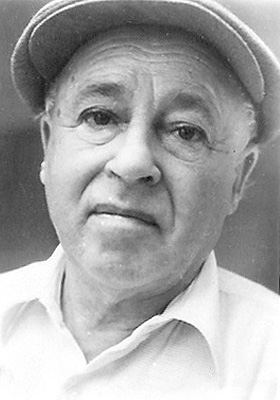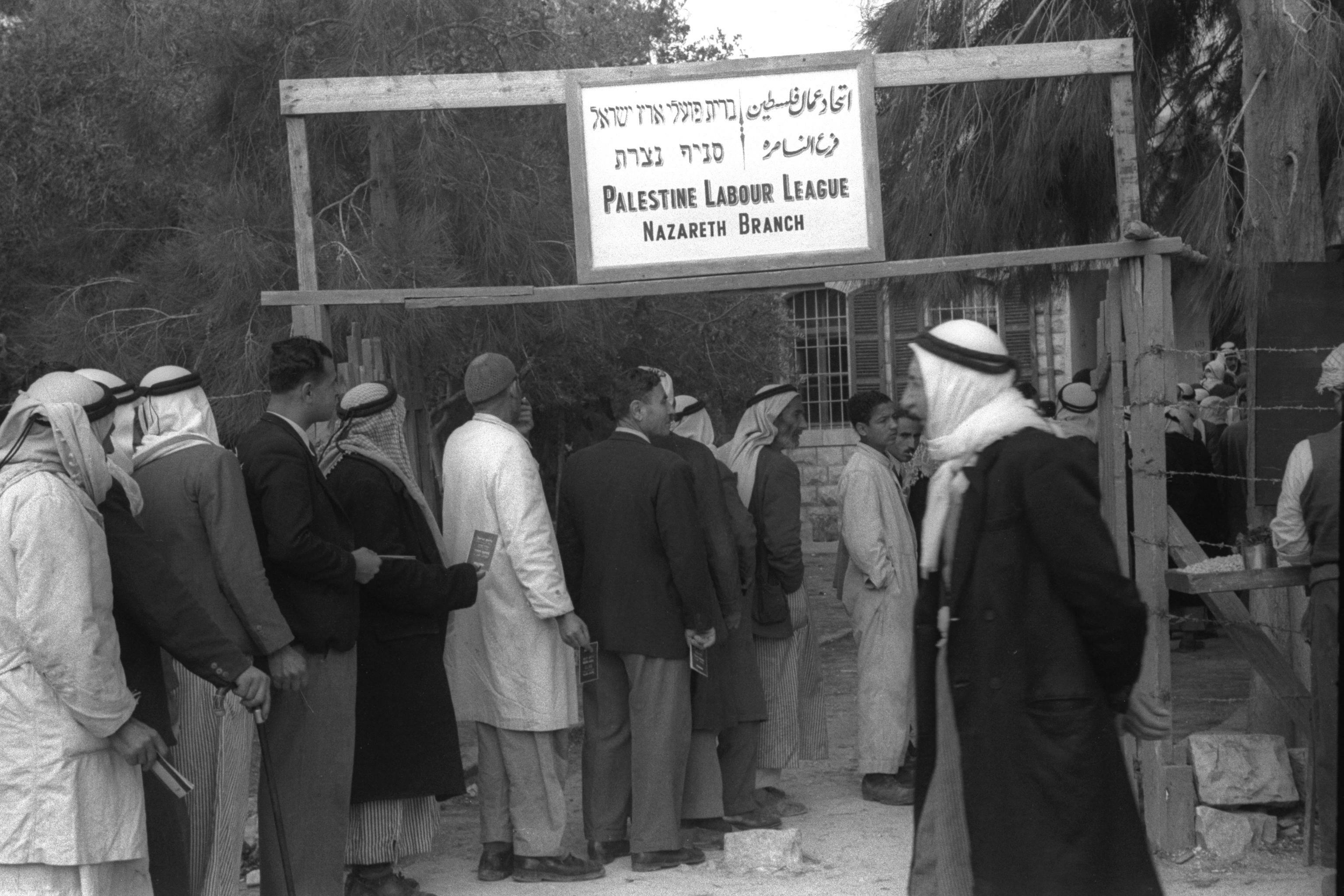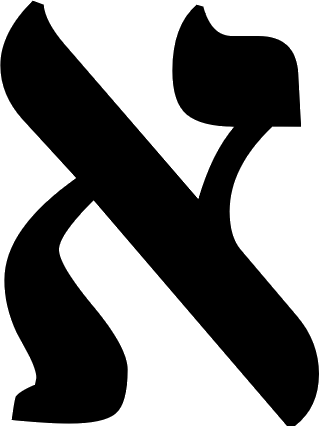|
Israeli Prime Minister
The prime minister of Israel (, Hebrew abbreviation: ; , ''Ra'īs al-Ḥukūma'') is the head of government and chief executive of the State of Israel. Israel is a parliamentary republic with a president as the head of state. The president's powers are largely ceremonial, while the prime minister holds the executive power. The official residence of the prime minister, '' Beit Aghion,'' is in Jerusalem. The current prime minister is Benjamin Netanyahu of Likud, the ninth person to hold the position (excluding caretakers). Following an election, the president nominates a member of the Knesset to become prime minister after asking party leaders whom they support for the position. The first candidate the president nominates has 28 days to form a viable government that can command a majority in the Knesset. He then presents a government platform and must receive a vote of confidence from the Knesset to take office. In practice, the prime minister is usually the leader of th ... [...More Info...] [...Related Items...] OR: [Wikipedia] [Google] [Baidu] |
Emblem Of Israel
The emblem of Israel () depicts a temple menorah surrounded by an olive branch on each side, with the word ''Israel'' written in Hebrew language, Hebrew () below it. While it is commonly displayed in Tekhelet in Judaism, blue and white, the emblem has appeared in alternative colour combinations depending on the use, such as on the President of Israel, Israeli Presidential Standard (see below). History The State of Israel adopted the symbol after a design competition held in 1948. The design is based on the winning entry submitted by Gabriel and Maxim Shamir's proposal, with elements taken from other submissions, including entries from Oteh Walisch, W. Struski, Itamar David, Yerachmiel Schechter, and Willie Wind, whose entry won the first design competition. The emblem was officially adopted on February 10, 1949. [...More Info...] [...Related Items...] OR: [Wikipedia] [Google] [Baidu] |
Ahdut HaAvoda
Ahdut HaAvoda () was the name used by a series of List of political parties in Israel, political parties in Israel. Ahdut HaAvoda in its first incarnation was led by David Ben-Gurion. It was first established during the period of Mandatory Palestine, British Mandate and later became part of the Israeli political establishment. It was one of the forerunners of the modern-day The Democrats (Israel), The Democrats. History File:Pre-State Zionist Workers' Parties chart.png, chart of zionist workers parties, 360px, right rect 167 83 445 250 Hapoel Hatzair rect 450 88 717 265 The non-partisans (pre-state Zionist political movement), Non Partisans rect 721 86 995 243 Poale Zion, Poalei Zion rect 152 316 373 502 Hapoel HaMizrachi, HaPoel HaMizrachi rect 552 328 884 512 Ahdut HaAvoda rect 891 301 1111 534 Poale Zion#Factions,_1920_split_and_aftermath, Poalei Zion Left rect 283 519 668 928 Mapai rect 5 665 169 1432 HaOved HaTzioni rect 697 747 918 953 Ahdut HaAvoda#Ahdut_HaAvoda_Movement ... [...More Info...] [...Related Items...] OR: [Wikipedia] [Google] [Baidu] |
Alignment (Israel)
The Alignment () was the name of two political alliances in Israel, both of which ended their existence by merging, in January 1968 and October 1991, into the Israeli Labor Party. The first Alignment was a 1965 alliance of Mapai and Ahdut HaAvoda. The two parties continued to exist independently, but submitted joint electoral lists. Often called the Labor Alignment, the alliance lasted three years until a merger with Rafi (political party), Rafi in 1968 created the unitary Israeli Labor Party. The following year the Labor Party formed an alliance with Mapam, readopting the Alignment name. The two constituent parties remained separate, but with combined electoral campaigns and candidate lists. The second version of the Alignment lasted for more than two decades. At its formation in 1969, the second Alignment had 63 of 120 Knesset seats, the only time a parliamentary group in Israel has ever held a parliamentary majority. Although its majority was lost in the 1969 Israeli legislat ... [...More Info...] [...Related Items...] OR: [Wikipedia] [Google] [Baidu] |
Levi Eshkol
Levi Eshkol ( ; 25 October 1895 – 26 February 1969), born Levi Yitzhak Shkolnik (), was the prime minister of Israel from 1963 until his death from a heart attack in 1969. A founder of the Israeli Labor Party, he served in numerous senior roles, including Minister of Defense (1963–1967) and Minister of Finance (1952–1963). Eshkol was first appointed as prime minister following the resignation of David Ben-Gurion. He then led the party in the elections to the Sixth Knesset (1965) and won, remaining in office for six consecutive years. Shortly after taking office, Eshkol made several significant changes, among them the annulment of military rule over Israeli Arabs and a successful journey to the United States, being the first Israeli leader to be formally invited to the White House. His relations with American President Lyndon B. Johnson greatly affected Israel–United States relations and later on the Six-Day War. Eshkol was active in the Zionist movement ... [...More Info...] [...Related Items...] OR: [Wikipedia] [Google] [Baidu] |
Rafi (political Party)
Rafi (, an abbreviation of ''Reshimat Poalei Yisrael'' (), ) was a center-left political party in Israel, founded by former Prime Minister, David Ben-Gurion in 1965. In 1968 it was one of three parties that merged to form the Israeli Labor Party. History Rafi was founded on 14 July 1965 when David Ben-Gurion led a breakaway of eight MKs from Mapai, the ruling party, taking with him Moshe Dayan, Shimon Peres, Chaim Herzog, and Teddy Kollek, among others. The split had two main causes; the first was the disagreements within Mapai over the Lavon Affair; Ben-Gurion did not agree to declaring Lavon innocent without judicial investigation committee. The second was the formation of the Labor Alignment by an alliance of Mapai and Ahdut HaAvoda. The new party's establishment, a merger of two of the largest left-wing parties, was intended to delay planned reforms to the electoral system (i.e. to change from proportional representation to a constituency-based system) that were important to ... [...More Info...] [...Related Items...] OR: [Wikipedia] [Google] [Baidu] |
Moshe Sharett
Moshe Sharett (; born Moshe Chertok (); 15 October 1894 – 7 July 1965) was the second prime minister of Israel and the country’s first foreign minister. He signed the Israeli Declaration of Independence and was a principal negotiator in the cease-fire agreements that concluded the Israeli War of Independence. Beginning in 1933, he headed the political department of the Jewish Agency. He also founded the Jewish Brigade, which fought with the British Army during World War II. A member of Mapai, Sharett's term was both preceded and succeeded by the premiership of David Ben-Gurion. Biography Moshe Sharett was born in Kherson in the Russian Empire (today in Ukraine) to the family of and Fanya née Lev (). In 1906 the immigrated to Ottoman Palestine. For two years, 1906–1907, the family lived in a rented house in the village of Ein-Sinya, north of Ramallah. In 1910 his family moved to Jaffa, then became one of the founding families of Tel Aviv. He graduated from the ... [...More Info...] [...Related Items...] OR: [Wikipedia] [Google] [Baidu] |
Sde Boker
Sde Boker () is a kibbutz in the Negev desert of southern Israel. Best known as the retirement home of Israel's first Prime Minister, David Ben-Gurion, it falls under the jurisdiction of Ramat HaNegev Regional Council. In it had a population of . History A large agricultural farm or small village existed here in the early Islamic period, from the late 7th century to the early 9th century.. Remains of dozens of structures exist, including a mosque near which hundreds of Arabic inscriptions were found. The modern kibbutz was established on 15 May 1952 by former soldiers, including Yehoshua Cohen who assassinated United Nations envoys Folke Bernadotte and André Sérot in 1948. In 1953 Prime Minister David Ben-Gurion resigned from office and moved to the kibbutz. Although he returned to politics in 1955, he continued to live in the kibbutz until his death in 1973, when he was buried nearby at Midreshet Ben-Gurion alongside his wife Paula Ben-Gurion. Ben-Gurion moved to the kibbu ... [...More Info...] [...Related Items...] OR: [Wikipedia] [Google] [Baidu] |
Kibbutz
A kibbutz ( / , ; : kibbutzim / ) is an intentional community in Israel that was traditionally based on agriculture. The first kibbutz, established in 1910, was Degania Alef, Degania. Today, farming has been partly supplanted by other economic branches, including Factory, industrial plants and high-tech Business, enterprises. Kibbutzim began as utopian communities, a combination of socialism and Zionism. In recent decades, some kibbutzim have been Privatization, privatized and changes have been made in the communal lifestyle. A member of a kibbutz is called a ''kibbutznik'' ( / ; plural ''kibbutznikim'' or ''kibbutzniks''), the suffix ''-nik'' being of Slavic languages, Slavic origin. In 2010, there were 270 kibbutzim in Israel with a total population of 126,000. Their factories and farms account for 9% of Israel's industrial output, worth US$8 billion, and 40% of its agricultural output, worth over US$1.7 billion. Some kibbutzim had also developed substantial high-tech and mi ... [...More Info...] [...Related Items...] OR: [Wikipedia] [Google] [Baidu] |
1949 Israeli Constituent Assembly Election
Constituent Assembly elections were held in newly independent Israel Israel, officially the State of Israel, is a country in West Asia. It Borders of Israel, shares borders with Lebanon to the north, Syria to the north-east, Jordan to the east, Egypt to the south-west, and the Mediterranean Sea to the west. Isr ... on 25 January 1949. Voter turnout was 86.9%. Two days after its first meeting on 14 February 1949, legislators voted to change the name of the body to the Knesset (Hebrew: כנסת, translated as ''Assembly''). It is known today as the First Knesset. Background During the establishment of the state of Israel in May 1948, Israel's national institutions were established, which ruled the new state. These bodies were not elected bodies in the pure sense, and their members originated from the management of the Jewish Agency for Israel, Jewish agency and from the management of the Jewish National Council. The Israeli Declaration of Independence stated that: Howev ... [...More Info...] [...Related Items...] OR: [Wikipedia] [Google] [Baidu] |
Jewish Agency For Israel
The Jewish Agency for Israel (), formerly known as the Jewish Agency for Palestine, is the largest Jewish non-profit organization in the world. It was established in 1929 as the operative branch of the World Zionist Organization (WZO). As an organization, it encourages immigration of Jews in diaspora to the Land of Israel, and oversees their integration with the State of Israel. Since 1948, the Jewish Agency claims to have brought 3 million immigrants to Israel, where it offers them transitional housing in "absorption centers" throughout the country. David Ben-Gurion served as its chairman of the executive committee from 1935, and in this capacity on 14 May 1948, he proclaimed Israel's independence, following which he served as the first Israeli prime minister. In the years preceding the founding of Israel, the Jewish Agency oversaw the establishment of about 1,000 towns and villages in the British Mandate of Palestine. The organization serves as the main link between Isra ... [...More Info...] [...Related Items...] OR: [Wikipedia] [Google] [Baidu] |
Mapai
Mapai (, an abbreviation for , ''Mifleget Poalei Eretz Yisrael'', ) was a Labor Zionist and democratic socialist political party in Israel, and was the dominant force in Israeli politics until its merger into the Israeli Labor Party in January 1968. During Mapai's time in office, a wide range of progressive reforms were carried out, as characterised by the establishment of a welfare state and new rights in the workplace. History File:Pre-State_Zionist_Workers'_Parties_chart.png, chart of zionist workers parties, 360px, right rect 167 83 445 250 Hapoel Hatzair rect 450 88 717 265 Non Partisans rect 721 86 995 243 Poalei Zion rect 152 316 373 502 HaPoel HaMizrachi rect 552 328 884 512 Ahdut HaAvoda rect 891 301 1111 534 Poalei Zion Left rect 283 519 668 928 Mapai rect 5 665 169 1432 HaOved HaTzioni rect 697 747 918 953 Ahdut HaAvoda Movement rect 755 977 959 1234 Ahdut HaAvoda Poalei ZIon rect 775 1265 1136 1444 Mapam rect 966 1023 1232 1217 HaShomer Hatzair Workers' ... [...More Info...] [...Related Items...] OR: [Wikipedia] [Google] [Baidu] |





